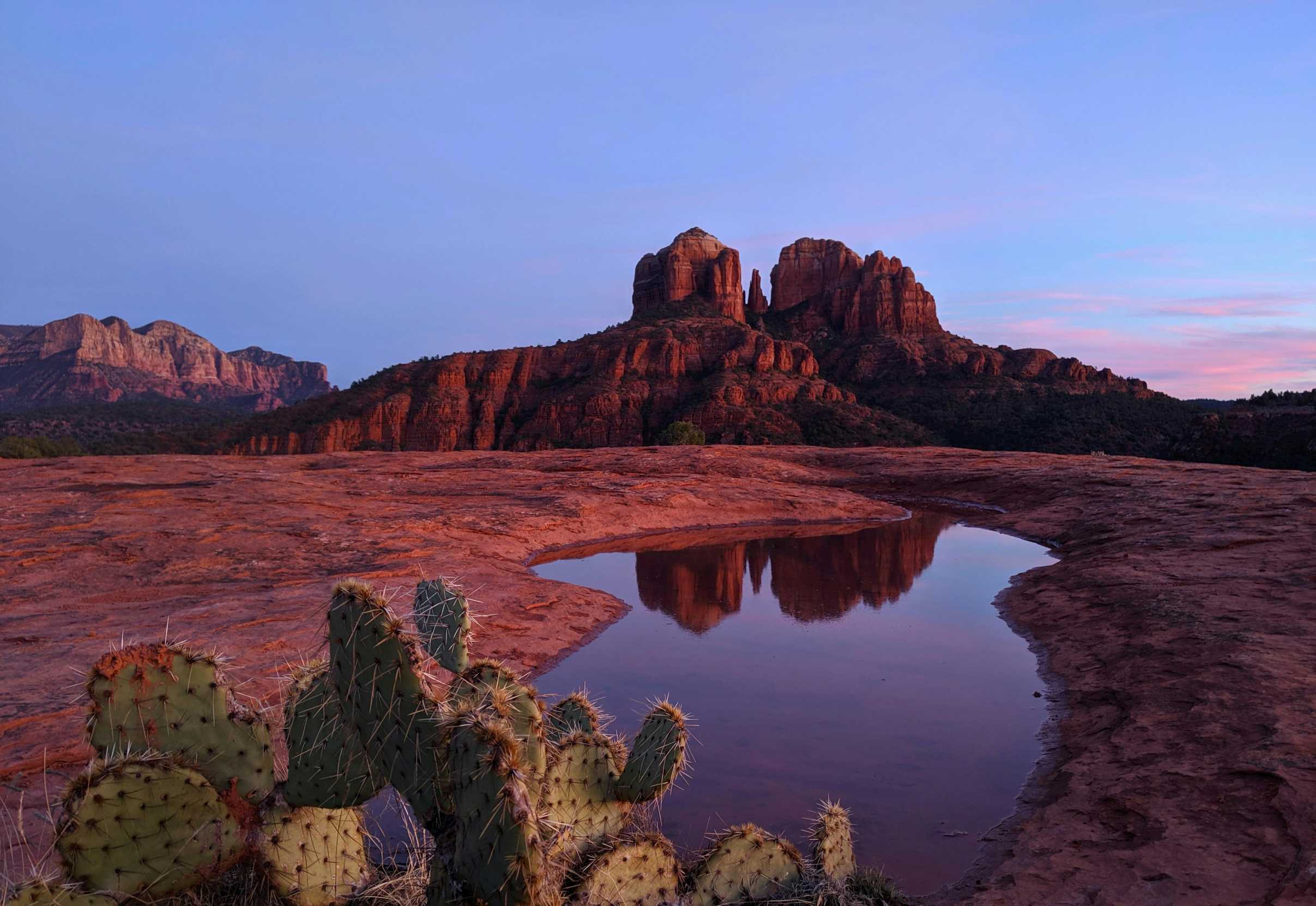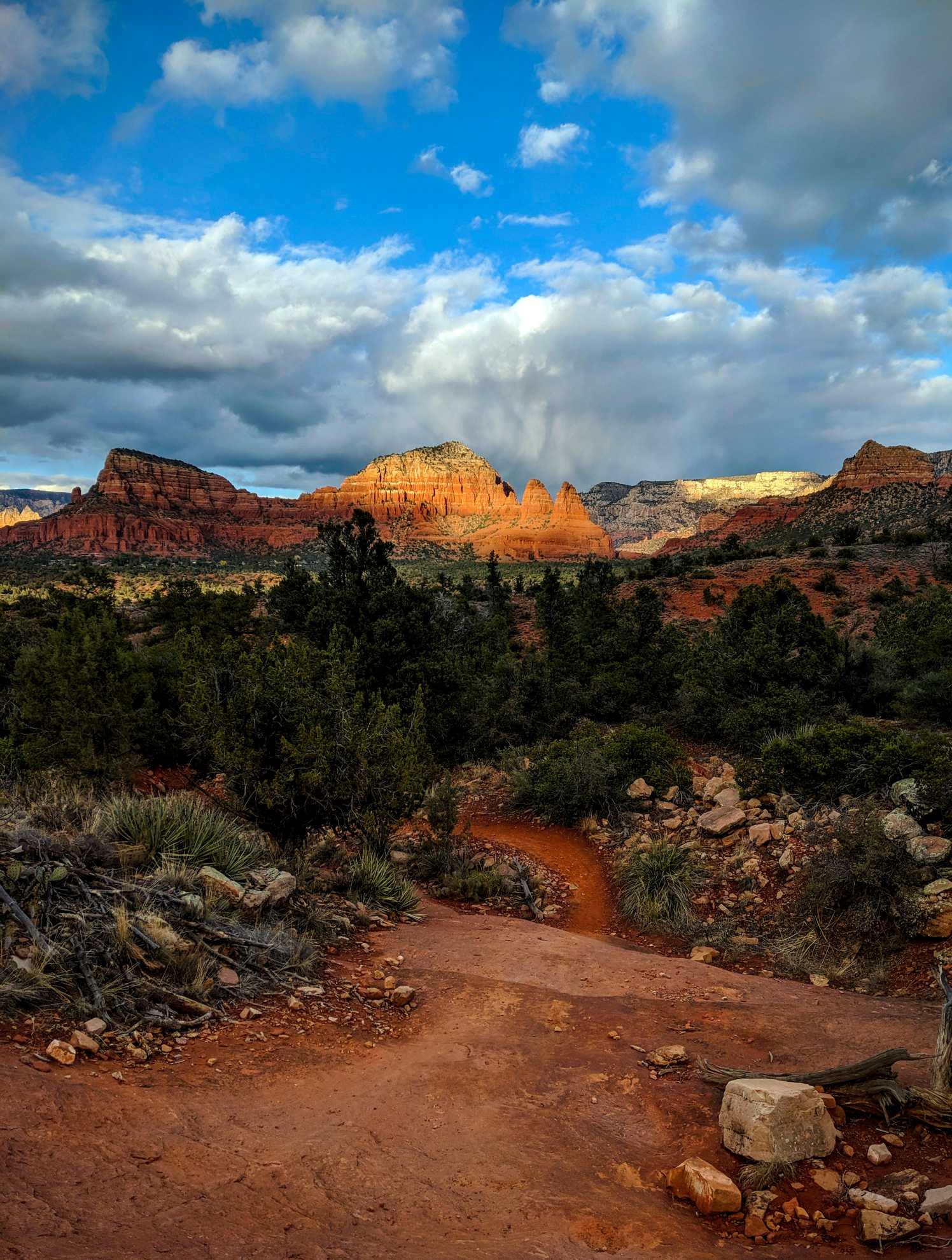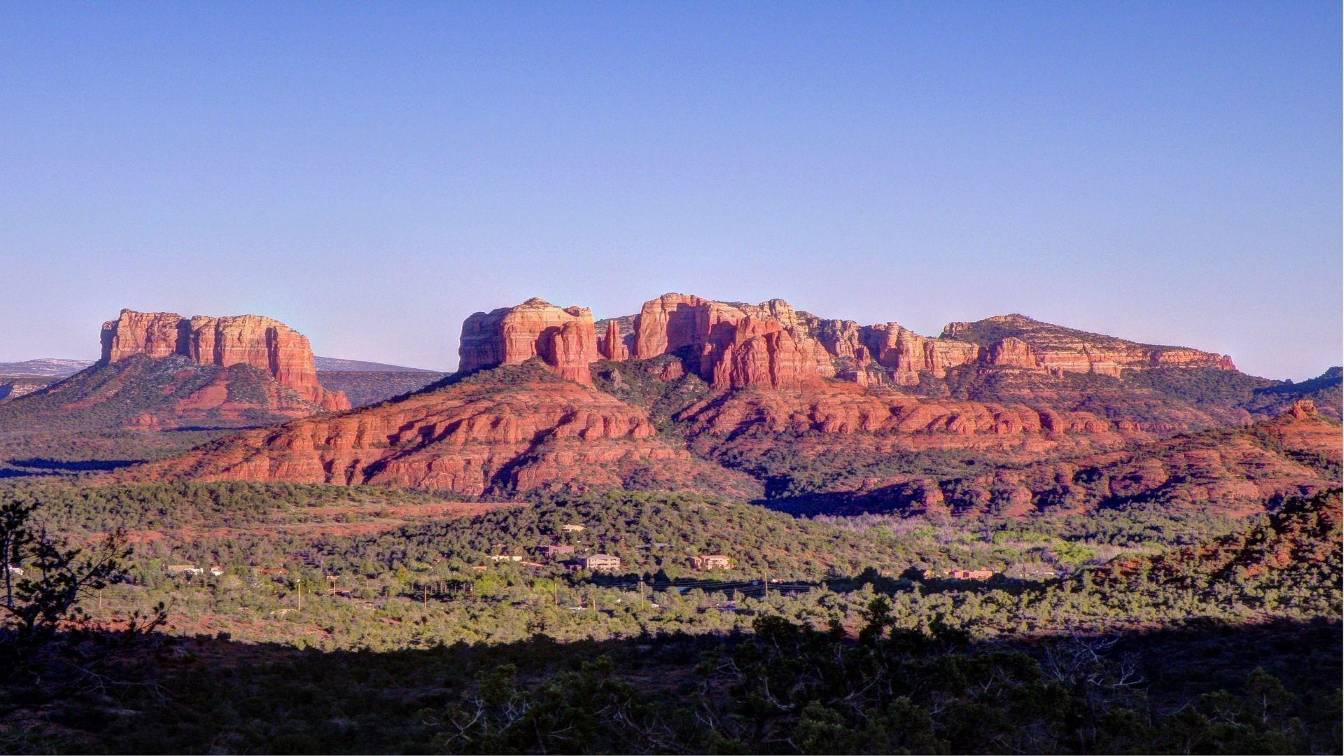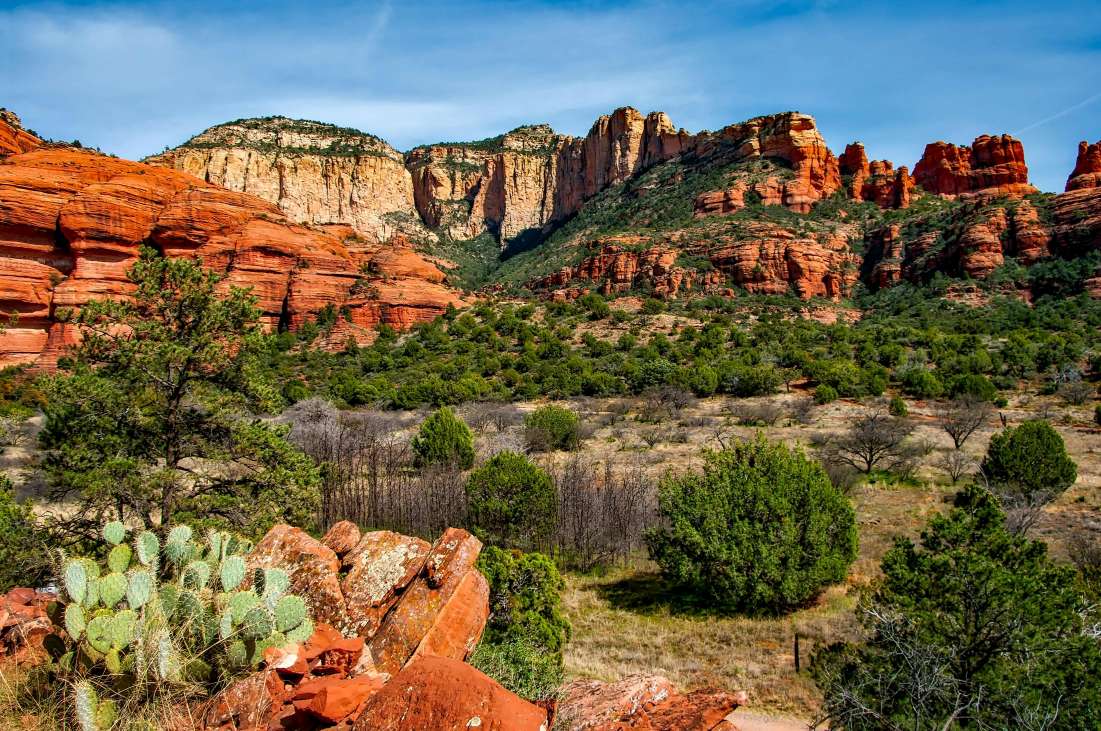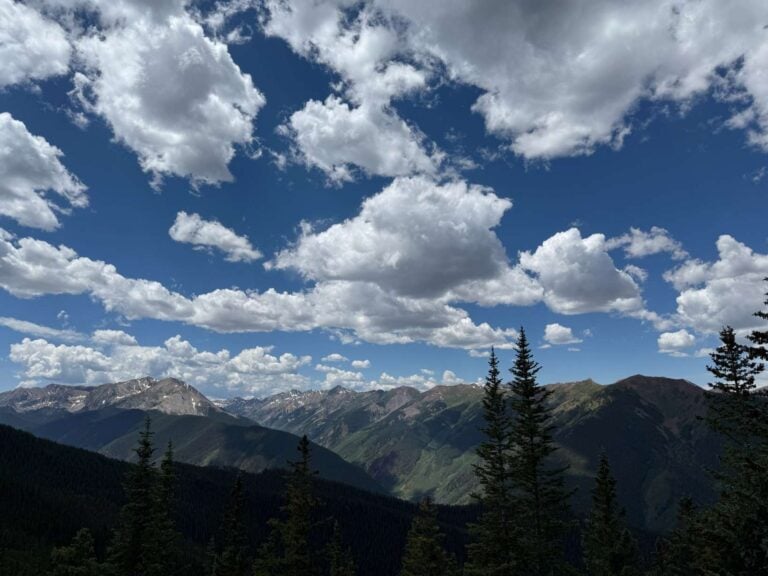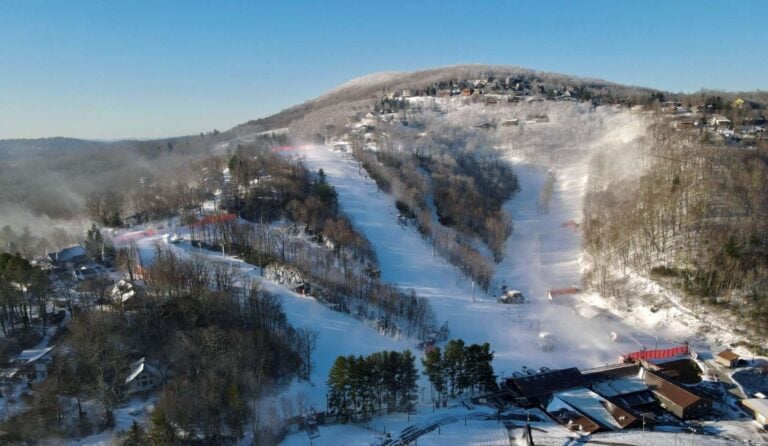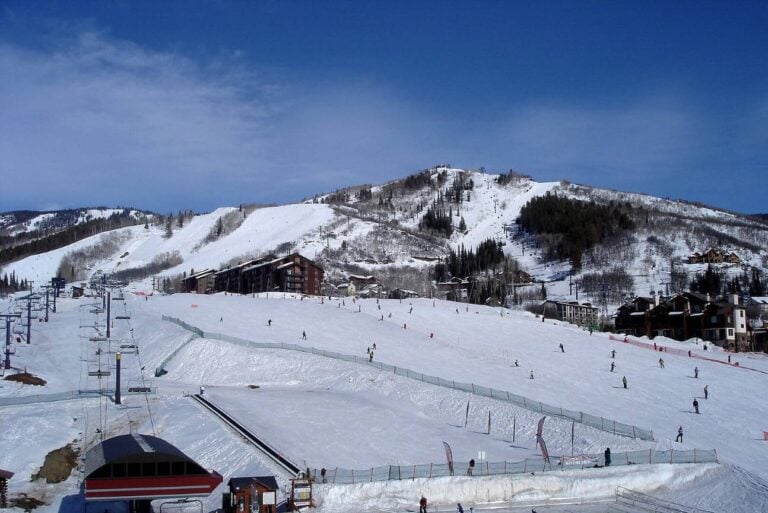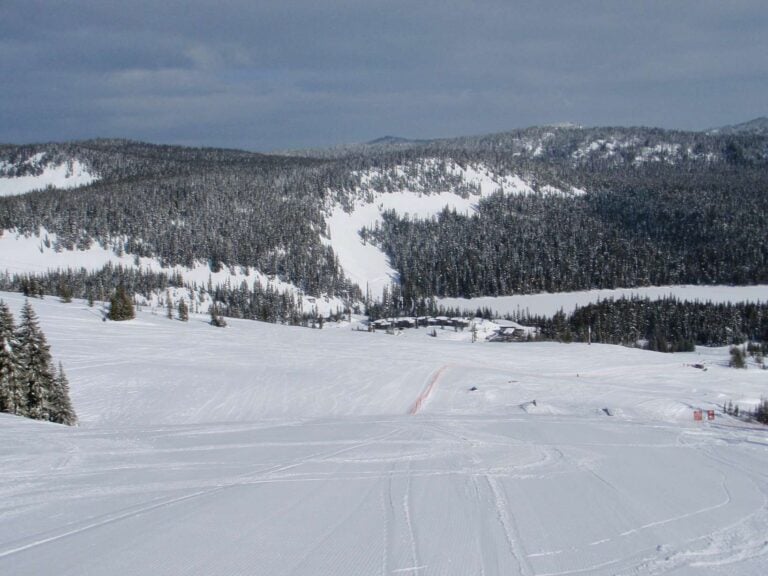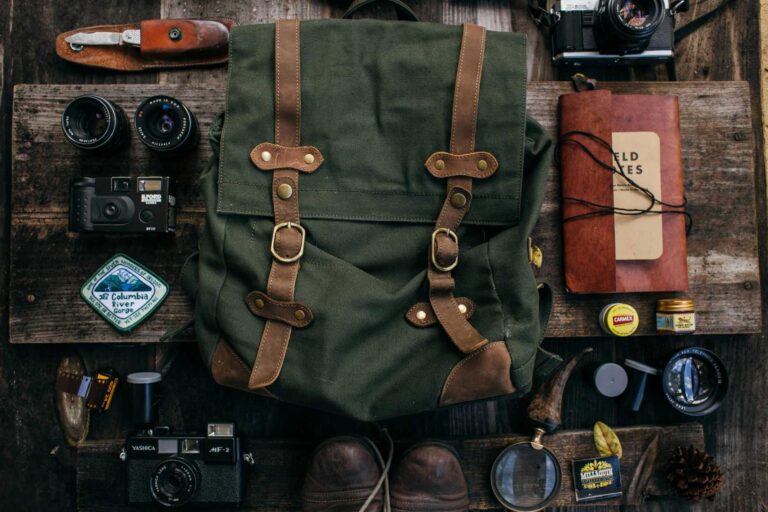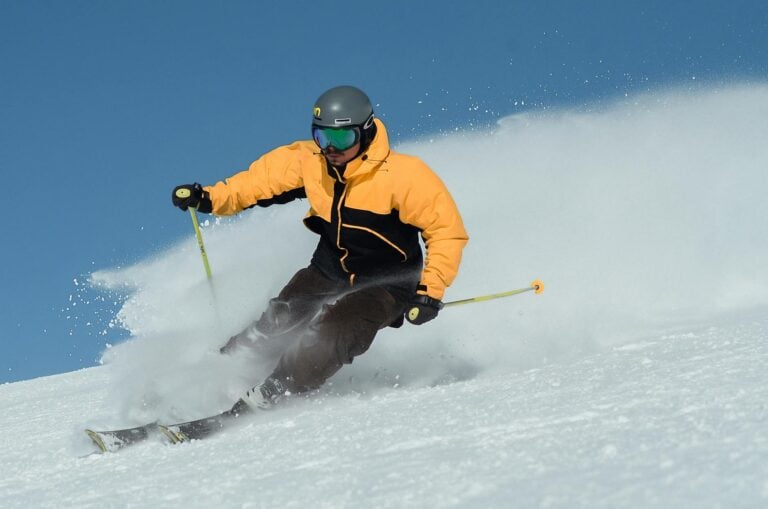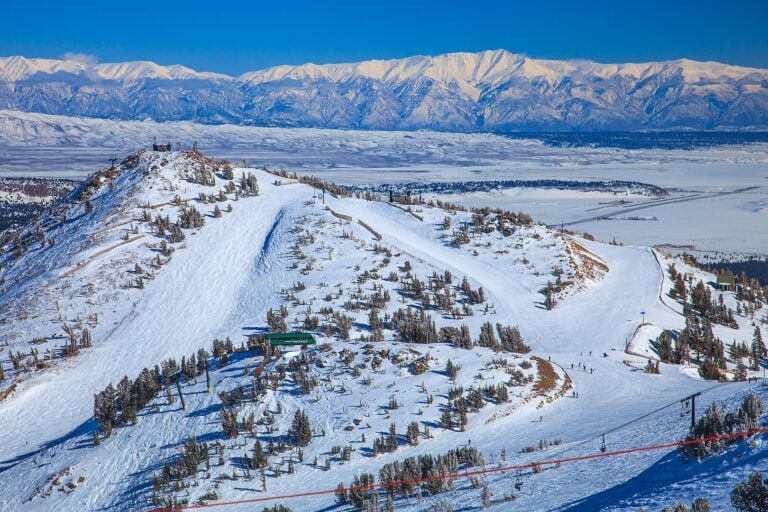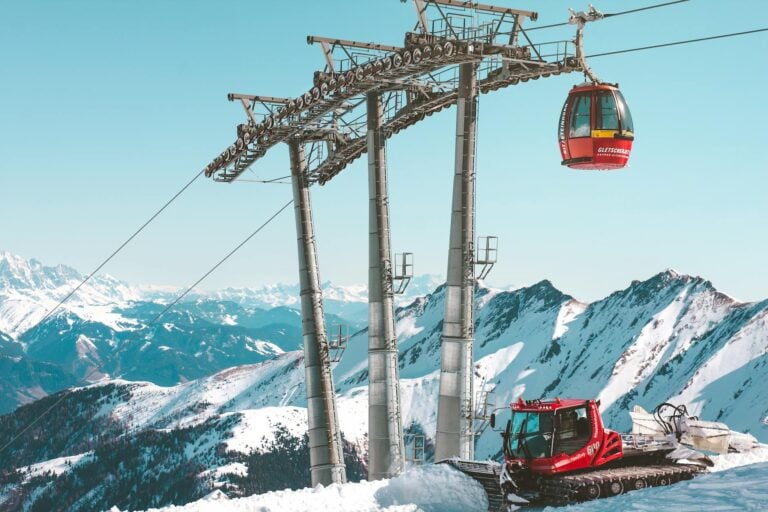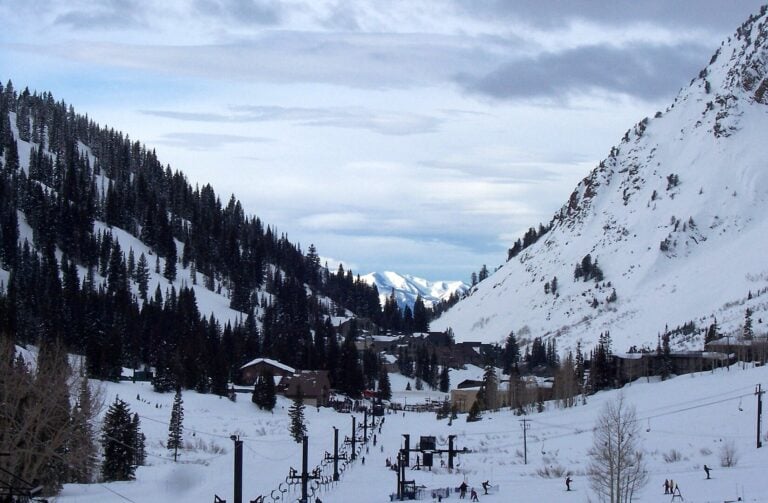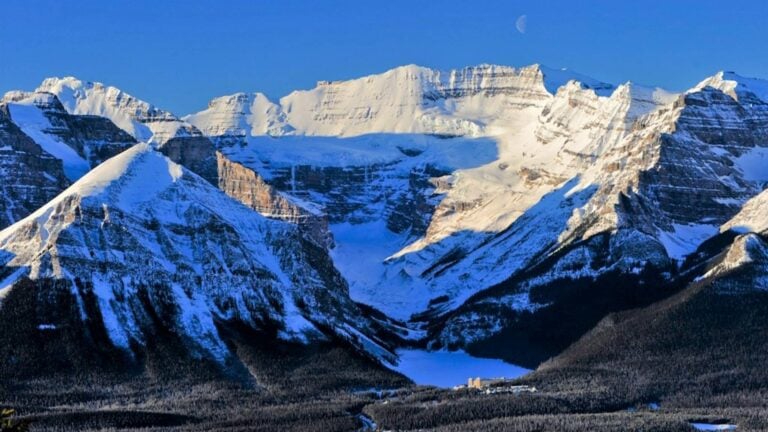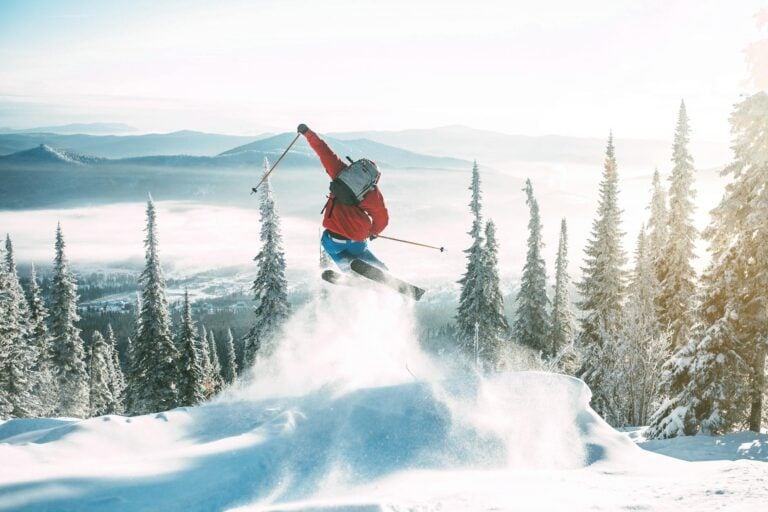Sedona in Arizona serves as a destination which extends beyond its attractive appearance between Grand Canyon destinations. Sedona offers an exceptional destination for people who want to experience natural beauty along with outdoor adventures and Southwest mystical energy.
Travelers visit Sedona for its famous red rock landscapes but depart with lasting memories of difficult trails combined with nighttime camp experiences and profound bond with the terrain.
This guide gathers the essential things to do in Sedona which includes exceptional hiking trails and concealed campsites as well as essential activities suitable for every adventurer.
Getting here: the easy, scenic hop from Phoenix to Sedona
Travelers frequently use Interstate 17 for their smooth 122-mile journey which leads from saguaro-dotted low desert to ponderosa pine at 5,000 feet during a two-hour drive.
The message boards operated by ADOT now show real-time travel times on the rural section so visitors can check traffic conditions at Sunset Point and Cordes Junction.
Travelers who want a scenic conclusion should take exit SR 179 to follow the Red Rock Scenic Byway. The All-American Road designation isn’t hype—every bend frames Bell Rock, Courthouse Butte, and towering crimson walls.
The short detour to Montezuma Castle National Monument or pie purchasing in Camp Verde should be done if time permits before reaching the town.
Discovering Sedona Hikes: Trails for Every Adventurer
Among the many Sedona activities hiking emerges as the ultimate experience. Sedona features more than 400 miles of trails that include simple walks suitable for families together with demanding full-day routes which challenge skilled hikers.
Cathedral Rock Trail
Cathedral Rock Trail tands as one of the most well-known hiking trails in Sedona. The 1.2-mile trail provides dramatic views across the Verde Valley and lets visitors witness Sedona’s distinctive rock formations while navigating its steep and rocky terrain.
Visitors who want to avoid crowds at the trail should either start their hike early or choose to hike on a weekday since the path receives many visitors during sunset. Hikers need to bring sturdy footwear and sufficient hydration because the hike exposes them to direct sunlight and heat rises swiftly.
Devil’s Bridge Trail
The challenging trail of Devil’s Bridge Trail offers a moderate level of difficulty for hikers. The trail stretches for 4 miles through juniper-scented forests before leading to a natural sandstone arch at its conclusion. Visitors must climb steep rock steps to reach the bridge but the view from this point remains unforgettable.
The Dry Creek Trailhead provides the best parking option so visitors should arrive early to secure a spot and skip the crowds that develop during peak visitor seasons.
Bear Mountain Trail
Those who explore beyond popular trails will discover multiple hidden treasures. Hikers who take on Bear Mountain Trail will experience a steep 2,000-foot ascent in 2.5 miles one way to enjoy panoramic views of the red rock country while seeing the San Francisco Peaks on clear days.
The trail’s demanding conditions require hikers to walk carefully while possessing good physical fitness which suits hikers with experience.
Bell Rock Pathway
The Bell Rock Pathway provides a suitable trail for families and beginners because it follows a gentle path that runs 3.6 miles through the well-known formation of Sedona. The wide pathway enables both hiking and biking activities and showcases Arizona’s most breathtaking views when the sun sets across the rocks.
All visitors to Sedona must follow proper trail rules while taking the necessary precautions. The area’s fragile cryptobiotic soil and delicate plant life need years to heal from a single wrong step so hikers should stay on designated paths and practice Leave No Trace guidelines.
Every hiker should bring at least one liter of water for each hour of hiking while wearing protective gear for sun exposure and being ready for sudden weather shifts throughout spring and summer monsoon periods.
Tips:
- Grab some solid hiking boots: Trails like Cathedral Rock are rocky—good boots with grip keep you safe.
- Use hiking poles: They’re a game-changer on steep trails like Devil’s Bridge, saving your knees and keeping you steady.
- Pack tons of water: At least a liter per hour—Sedona’s sun is no joke on trails like Bear Mountain.
- Rock a stylish cap: Stay cool and block the sun on open trails like Bell Rock Pathway.
- Stick to the path: Don’t mess up Sedona’s delicate soil—stay on trails and leave no trace.
Camping Under Sedona’s Stars
Camping is another highlight for outdoor lovers, offering the chance to wake up amid towering red cliffs and the scent of juniper. There are a variety of options to suit every camping style.
The Oak Creek area campground Manzanita is situated just a short drive north of Sedona and is the preferred tent camping destination. The campground fills up months in advance because it has shaded campsites and creek sounds and trailhead access. Visitors need to make US Forest Service website reservations for this campsite.
Cave Springs Campground lies further up Oak Creek Canyon and offers more sites, suitable for both tents and small RVs. The cool air and tall pines make it a popular retreat in the hot summer months, but the area can be chilly at night—even in June or July—so a warm sleeping bag is a must.
The Coconino National Forest offers dispersed camping opportunities in its wilderness areas near Sedona for those who desire privacy.
All campers need to bring their own supplies of water and food because this campsite lacks amenities but they must also follow strict Leave No Trace practices.
Backpackers along with any person wanting to experience wilderness will love dispersed camping sites but they need to check current regulations and fire restrictions before their trip.
RV travelers will find full-service sites at Rancho Sedona RV Park, nestled along Oak Creek and within walking distance of Sedona’s restaurants and galleries.
Regardless of your style, camping in Sedona comes with unique rewards. At night, the red rocks glow under the Milky Way, and the quiet is broken only by the occasional coyote call.
Stargazing here is legendary—Sedona is an International Dark Sky Community, with minimal light pollution for maximum celestial spectacle.
Other Things to do in Sedona Arizona
Jeep tours — Red-rock jeep roads provide equal excitement to the hikes that Sedona attracts. The natural roller coaster feeling emerges from Broken Arrow’s stair steps that run on slick rock. Self-drivers require high clearance vehicles with low-range gearing in addition to Forest-Service daily permits to access Soldier Pass spur roads.
Mountain biking — Templeton and Llama and Slim Shady loops provide mountain biking routes which ride along sculpted slick-rock surfaces while visitors can rent bicycles in the Village of Oak Creek to avoid Uptown delays.
Night skies — The dark sky certification of Sedona leads to a sparkling night sky. The Milky Way appears above Cathedral Rock during the regular star parties which take place at Red Rock State Park.
Vortex sites — The vortex sites at Airport Mesa, Boynton Canyon, Cathedral Rock and Bell Rock serve as places for meditative visitors who seek to experience earth-energy swirls. Sunlight at these viewing points delivers photographic perfection regardless of any energy you might or might not feel.
Water escapes — During hot summer days Slide Rock provides a natural water chute for cooling down and Oak Creek offers rainbow trout fishing during early morning hours.
Hot-air ballooning, yoga platforms, plein-air painting workshops — all capitalize on the amphitheater of stone that frames every horizon.
Common Mistakes to Avoid
Some visitors incorrectly judge Sedona’s landscape and environmental conditions which leads them to start their trips without proper water supplies or inappropriate footwear. (Check Sedona Weather)
The combination of flip-flops and open-toed sandals creates an environment for foot injuries while sturdy hiking boots with proper tread should be your first choice.
The need for Red Rock Passes at trailheads should not be overlooked since visitors must purchase them online or from local vending machines.
Before outdoor activities people often neglect to check both weather forecasts and trail status reports. Visitors should check the Coconino National Forest or Sedona tourism websites for updates because storms and trail maintenance and temporary trail closures might interfere with their plans.
A red-rock farewell
Sedona’s magic lies in contrasts: cacti at your feet, snow on Humphreys Peak to the north, and cosmic skies overhead.
From creek-cooled canyon walks to vertigo-inducing rim scrambles, from rugged jeep crawls to meditative starlight, the array of things to do in Sedona Arizona is as layered as the buttes themselves. Map-savvy planning, early starts, and respect for the land turn a simple vacation into a red-rock rite of passage.
Pack wisely, tread lightly, and you’ll leave understanding why seasoned adventurers rank this desert enclave among the world’s indispensable outdoor playgrounds


